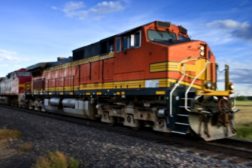Workplace Safety Culture
Advertisement
Benefits of Implementing Risk Management in EHS Organizations
February 18, 2015
Never miss the latest news and trends driving the safety industry
eNewsletter | Website | eMagazine
JOIN TODAYCopyright ©2024. All Rights Reserved BNP Media.
Design, CMS, Hosting & Web Development :: ePublishing






